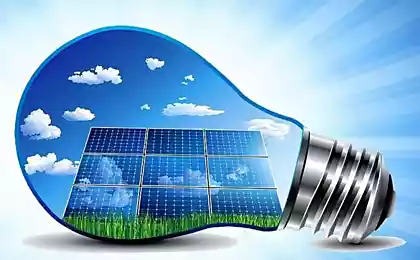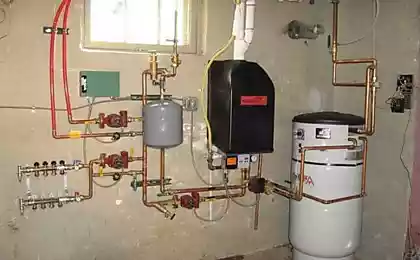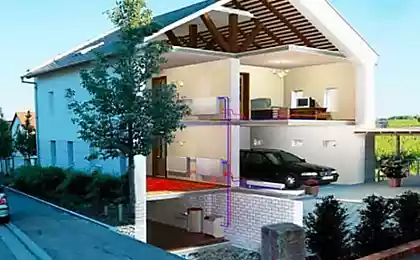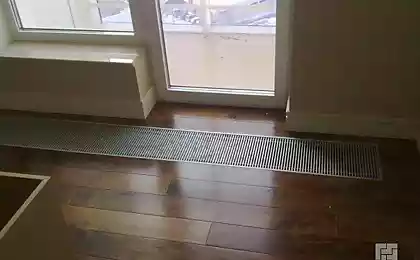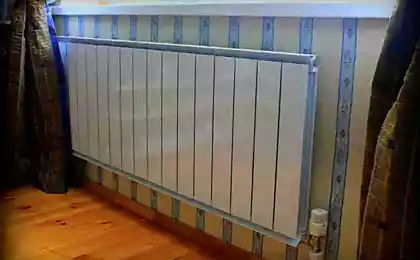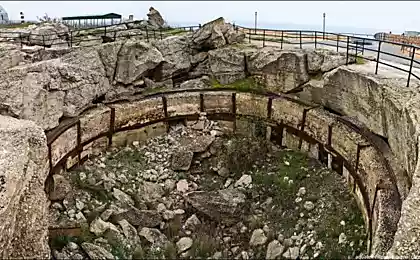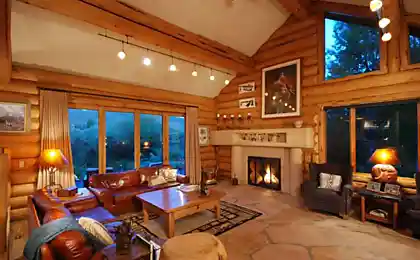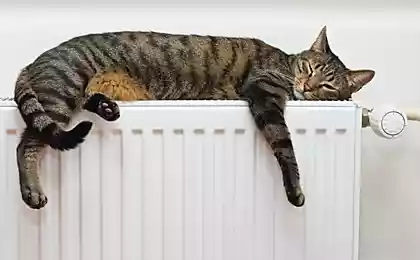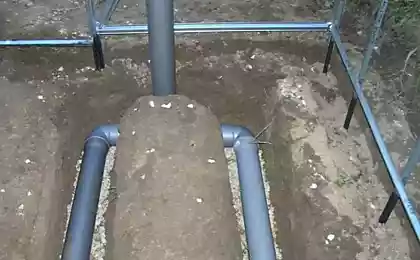561
How not to spoil the efficiency of the radiators with decorative screen

What should be the screen to batteriebetrieb heating give off heat to the environment via heat radiation and direct heat exchange with the air, aided by the active convection of the air in the room. Screen for radiator ideally should not at all affect the efficiency of heat transfer. When selecting the appropriate construction negative impact on the heat transfer should be minimized.
Based on this requirement, it is possible to Express a number of rules that need to be considered in the manufacture of:
A ventilation gap at the bottom across the width of the radiator for access of air to the radiator surface is not less than 7 see vanzator top width of the radiator at least 10 cm for the exit of warm air. Distance from extreme side of the radiator to the front of the screen at least 5 cm at least 50% of the front of the screen make up the gaps. Any selected grid more than half of the space is a through hole. The entire surface is painted in black color. With the radiator mounted on the wall heat reflective screen. The design is removable, at least the front panel to access radiator.

In the presence of thermostats on the radiator siphon type they must not be covered, even partially, allowed the isolation valve, but the siphon should be outside of the screen.

Failure to comply with these simple rules the heat from the radiator will be accumulated under the screen and probably fall back into the coolant will go into the return line. Reduced capacity of the radiator, because it depends on the temperature difference between the coolant and indoor air, in the end, less heat gets into the apartment.
DesignScreen for the radiator can have several embodiments, depending on the location of the radiator and the design of the niche in which it is installed.
One-piece screen-box. For radiator located on the wall without drowning in a niche, or much of it exposed inside.

Invoice screen from only one front panel if the radiator is recessed completely behind the border of the niche under the window sill.

Falshstena plasterboard grille in front of radiator.

In the first case the most versatile option. If you understand how it works, you can play any other variant required in a particular situation. On a frame of wooden beams or metal profiles of the smaller section going to the frame, which is subsequently sheathed with decorative panels and lattice in the front.
The side walls are slots for the pipe, fitting to the radiator, or the screen expands enough to completely hide the findings of the pipes, if they were originally laid inside the walls. Mounted to the wall behind the battery, which uses a hanging loop on the screen and the bracket on the wall.

The required clearance from above to conceal from view, placing them further over the shelf from a sheet of MDF. She must defend from the screen to the width of the gap, that is, not less than 7 cm, it is enough to visually hide the radiator. The regiment will be pleasant and useful addition to the decor of the battery.
Separately it is necessary to stipulate especially the screens mounted in falshstena of the drywall. It is not enough just to place the grille in front of radiator. It is necessary to restrict the space around the radiator from the rest of the space behind falshstenoy. For example, wrapping the edges of the heat-reflecting screen composed of metallic polyethylene foam, secure them on the back side of the drywall. The top and bottom, respectively, above and below the radiator necessarily formed vanzatori that off the plastic trim from PVC panels.
Screen their rukami simple case, it is a frame of wooden beams 20x25 mm to the desired size to close the radiator completely with all the padding. To this frame is attached to the rack on the depth of the screen to get to the wall behind the radiator and the front edge needs to defend from the radiator to the required by the rules of distance.

Further, this frame is covered with any available material on the sides:
- laminated MDF 8 mm;
- polyurethane plate 2-6 mm;
- PVC panel;
- plexiglass 2-6 mm;
- perforated metal sheet, galvanized 0.5–1.5 mm.

Plywood is not suitable for this, as it will exfoliate quickly enough.
Using MDF, or polymer materials, which are difficult to deform enough to seal the sides and the front frame with a hole for the grille in the center with corners and screws. Thus not even need the timber.
Slots for pipes are made in such a way that the edge of the screen material to defend from the heated surface by 5-7 mm.

Front decorative frame for the lattice formed from four strips of the selected material. Correlate them better with the straight joint where the horizontal elements are placed at the side close to the vertical. Aesthetically pleasing work, if the horizontal elements are drown toward the side one millimeter.
On the front panel need a lattice of any suitable material that will hide the radiator from view and thus leave a sufficient number of gaps:
- rattan panel;
- the lining of wooden slats;
- braided mesh;
- perforated metal sheet;
- ready decorative lattice.

The selected material is attached to the frame construction stapler and staples or screws.
According to the rules it is better to paint the inner surface of the screen in black or any other dark colors. To make it easier after Assembly with a brush or aerosol spray paint. The main thing is to protect the front part with a masking tape.

As a support for the screen, use the l-shaped fitting with plastic dowels or the same in the form of anchors, which should be mounted on the wall behind the battery. On the upper edge of the side walls of the screen is enough to make vertical holes in a bar extending from the General frame, or freeze the area, which is one of their shelves will be put on the fastener.
Before putting on the stand assembled in place, secure the heat-reflecting screen behind the battery. This is suitable for "heat insulation material is laid", foamed polyethylene and metallized on one side. Its size corresponds to the area of the closed space. Heat-reflecting screen is attached with a stapler and staples or silicone, liquid nails.

Any fitting or refinement in the design of the screen made based on the visual effect compliance with the rules stipulated in the beginning. Looks good when the screen turns flush with or slightly deeper than the edge of the sill or slightly in favour of the niche under the window. published
P. S. And remember, just changing your mind — together we change the world! ©
Join us in Facebook , Vkontakte, Odnoklassniki
Source: www.rmnt.ru/story/interior/1042366.htm
Technology of floor insulation in a wooden house
5 secrets of developing willpower from an FBI agent
